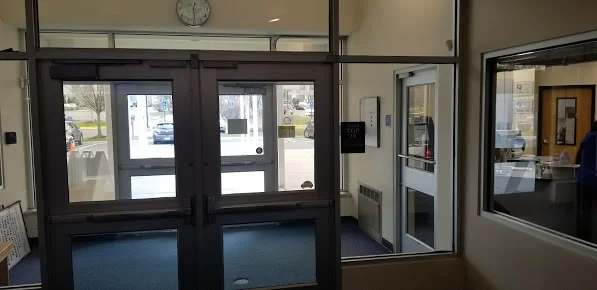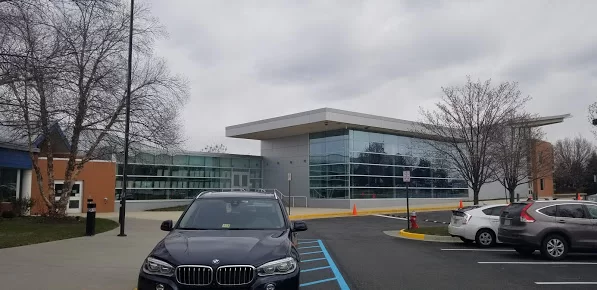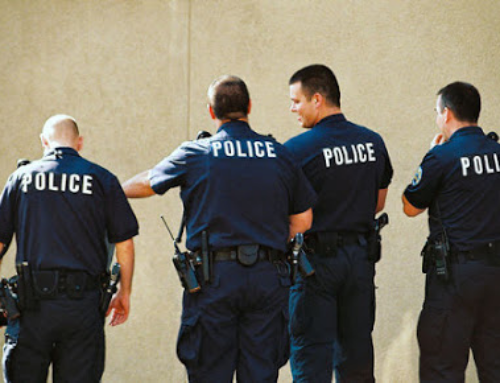Security is a crucial consideration in both public and private spaces. However, traditional security measures often clash with the aesthetics of a space, leading to unsightly barriers, fences, and surveillance equipment. This has led to an emerging trend where art and security intersect, blending functionality with beauty.
Aesthetically pleasing security measures can not only protect a space but also enhance its design, creating an environment that is both secure and visually appealing.
The Evolution of Security Design
Historically, security measures have been designed with a primary focus on function over form. Fences, gates, and cameras were installed to deter intruders and protect property, often without much thought given to their visual impact. As a result, many security features were obtrusive, detracting from the overall design of a space.
However, as architectural design has evolved, there has been a growing recognition of the need to balance security with aesthetics. Designers and architects are now integrating security elements into the overall design of a space, making them less conspicuous and more visually appealing. This approach not only preserves the beauty of a space but can also enhance it, turning security measures into works of art.
Integrating Art into Security
One of the most significant developments in this area is the integration of art into security features. For example, fences and barriers, which are traditionally viewed as necessary but unattractive, can be transformed into sculptural elements that contribute to the overall aesthetic of a space. In urban areas, metal or concrete barriers are often designed with artistic patterns or shapes, turning what would be a mundane feature into a focal point.
Additionally, security cameras and lighting, which are often seen as eyesores, can be designed to blend seamlessly with the architecture. Cameras can be concealed within decorative elements, while lighting can be used to highlight architectural features, serving both a practical and aesthetic purpose. These approaches ensure that security measures do not detract from the design but instead complement it.
The Role of Landscape Design
Landscape design also plays a significant role in merging security with aesthetics. Natural barriers such as hedges, trees, and water features can be used to define boundaries and control access while maintaining a space’s natural beauty. For instance, a row of tall hedges can serve as a security barrier without the harsh appearance of a traditional fence. Water features, such as ponds or fountains, can also act as deterrents to unauthorized access while adding to the visual appeal of a space.
Moreover, the use of lighting in landscape design is another example of how security can enhance a space’s aesthetics. Strategically placed lighting can illuminate pathways and entrances, making them safer while also creating an inviting atmosphere. The use of different lighting techniques, such as uplighting or downlighting, can add depth and dimension to the landscape, transforming a space into a work of art after dark.

For spaces that require both security and aesthetic integrity, partnering with professionals who understand the balance between art and security is essential. At Operational Police Protective Services, we specialize in providing protective services that seamlessly integrate into any environment. Our expertise in armed security and off-duty police services ensures that your space remains secure without compromising its design in Maryland, Virginia, and Delaware.
Get in touch with us for more information.







Leave A Comment
You must be logged in to post a comment.